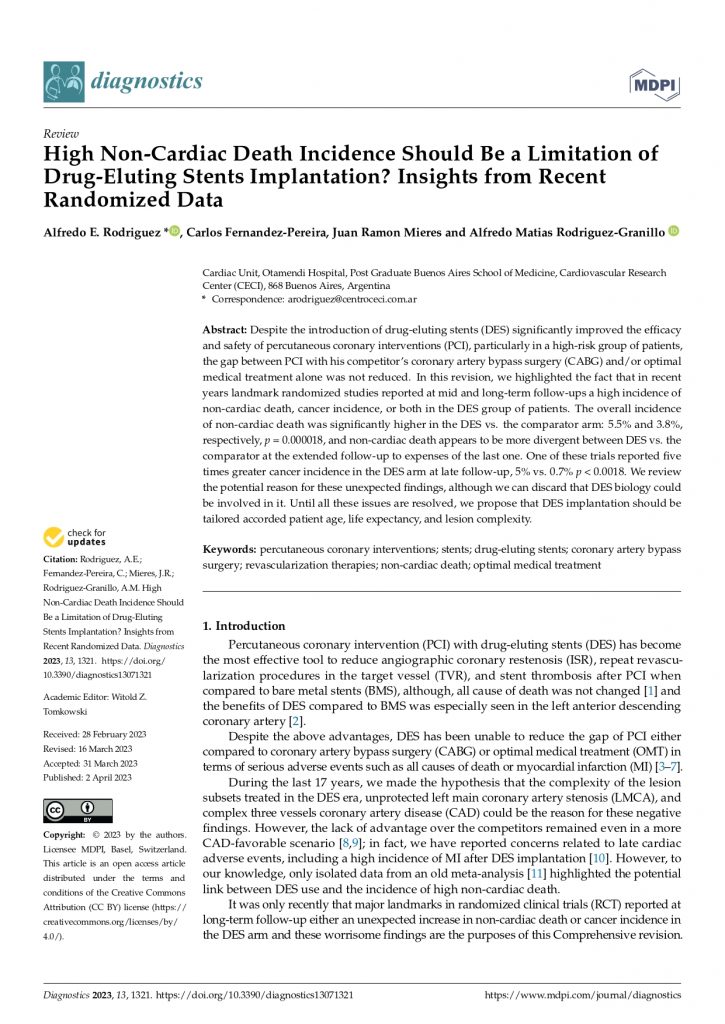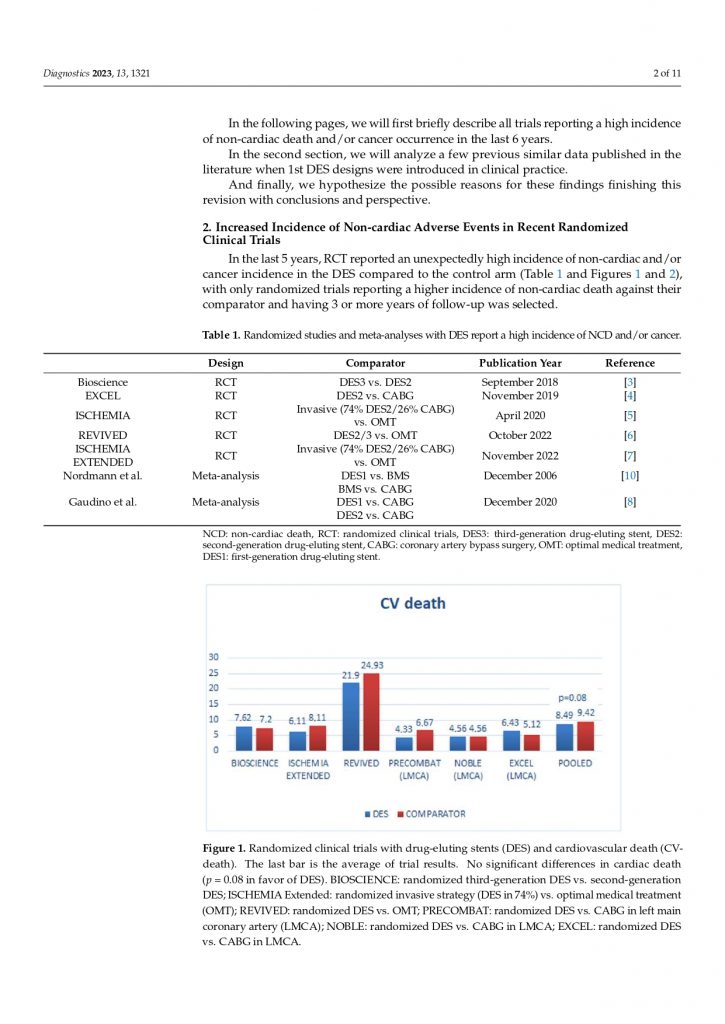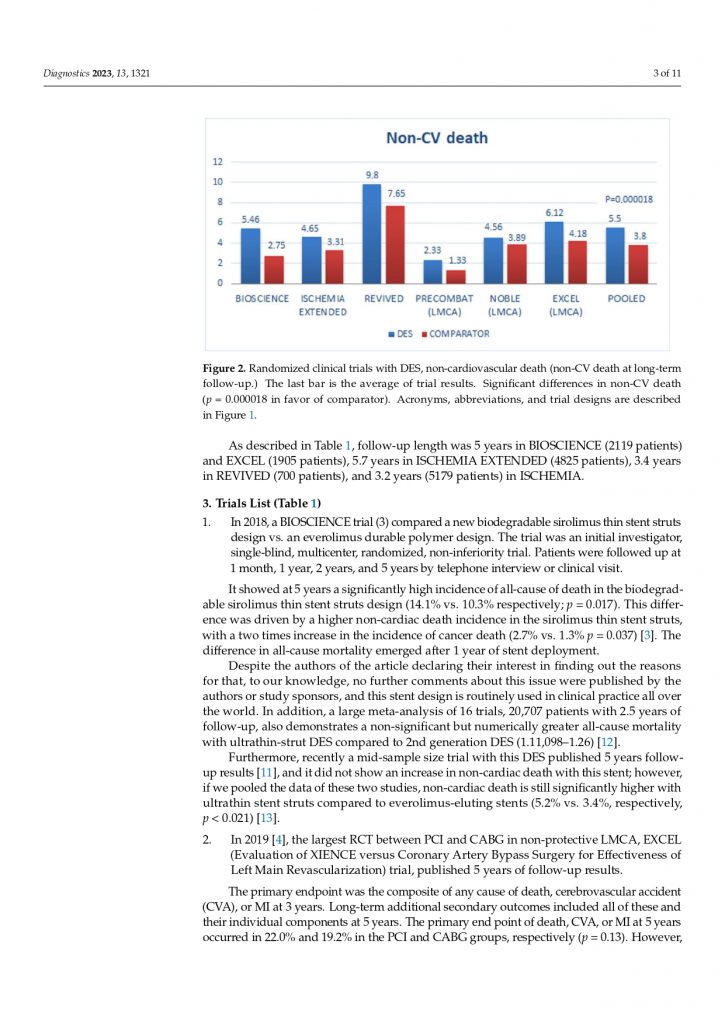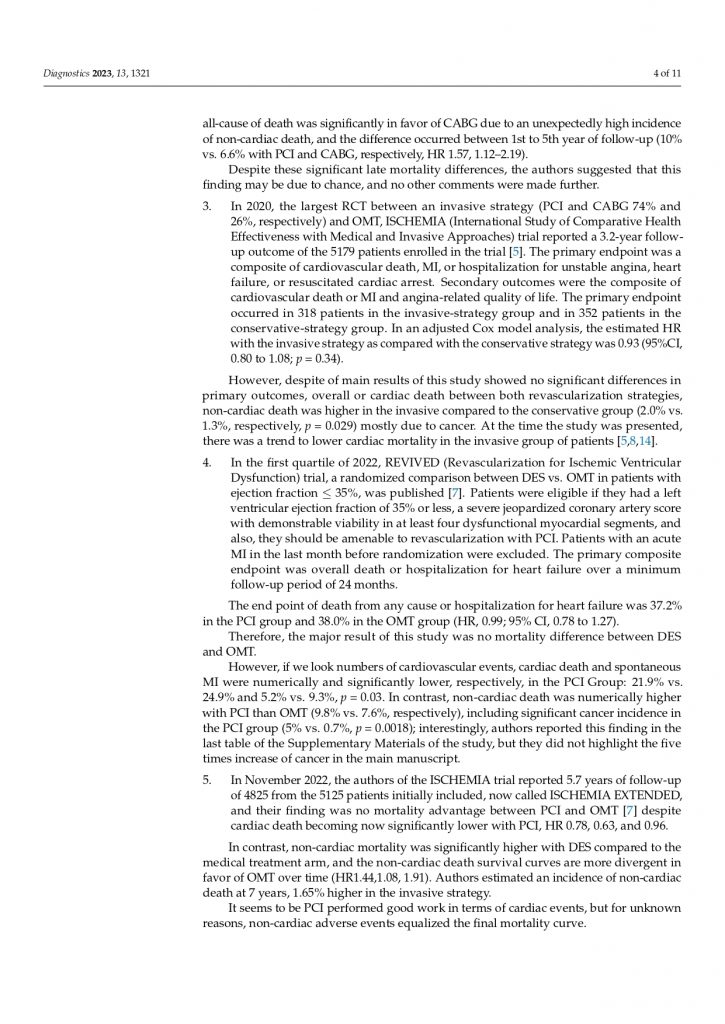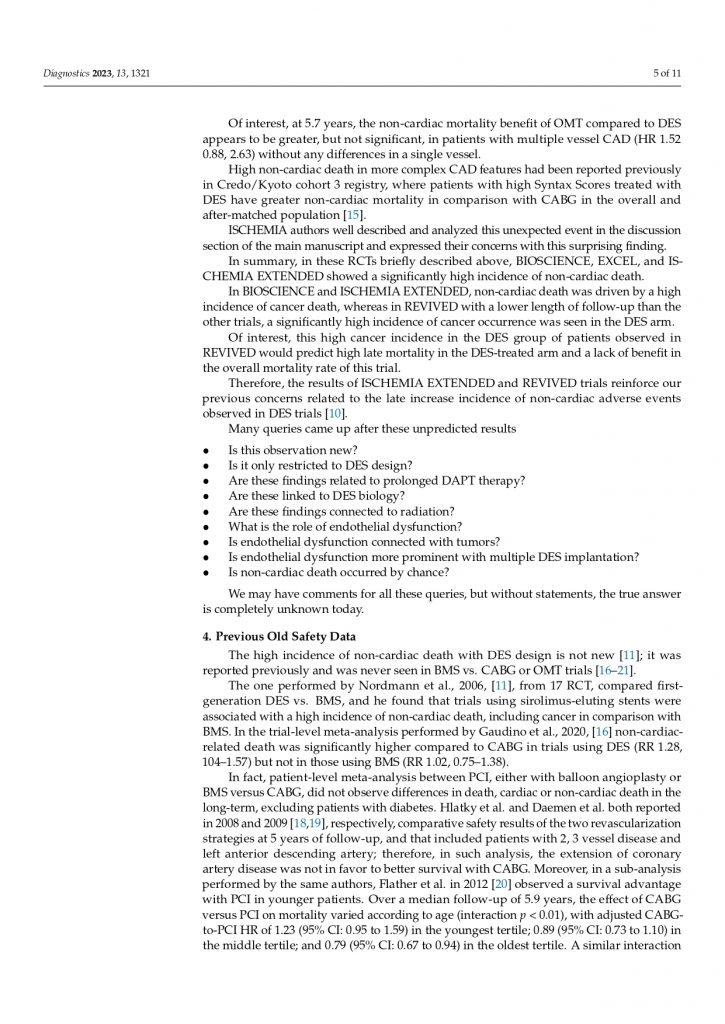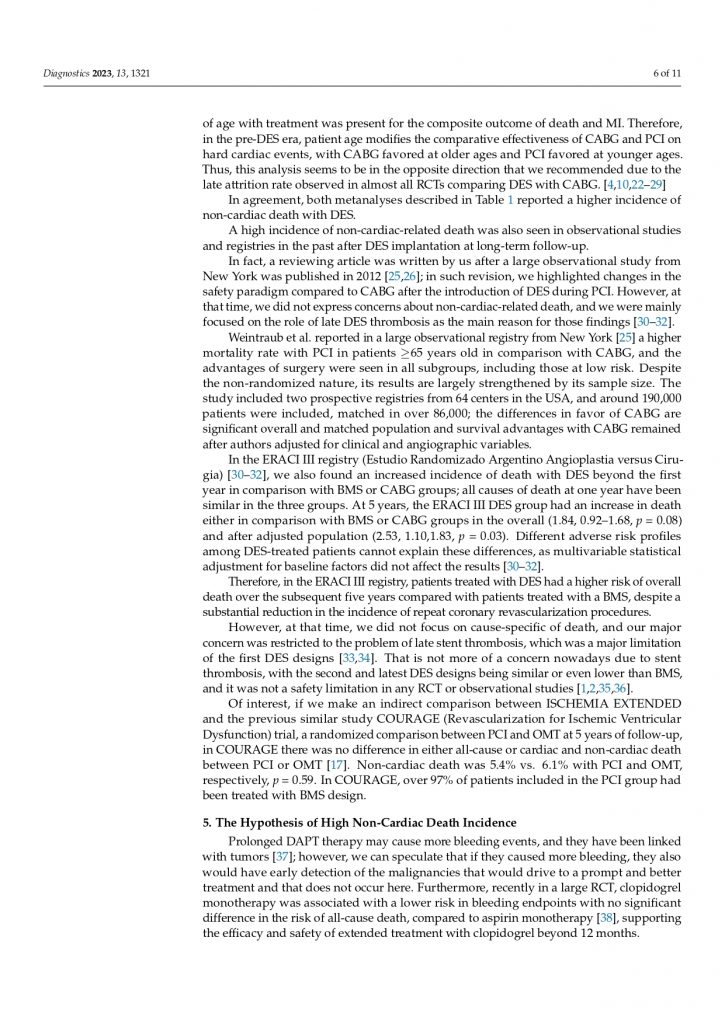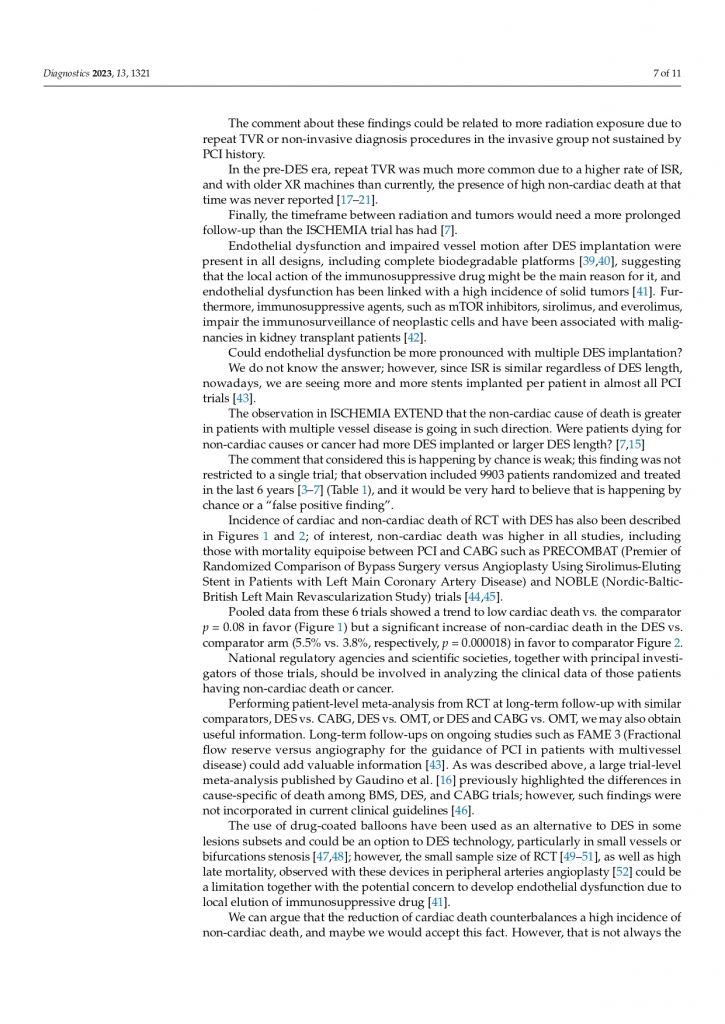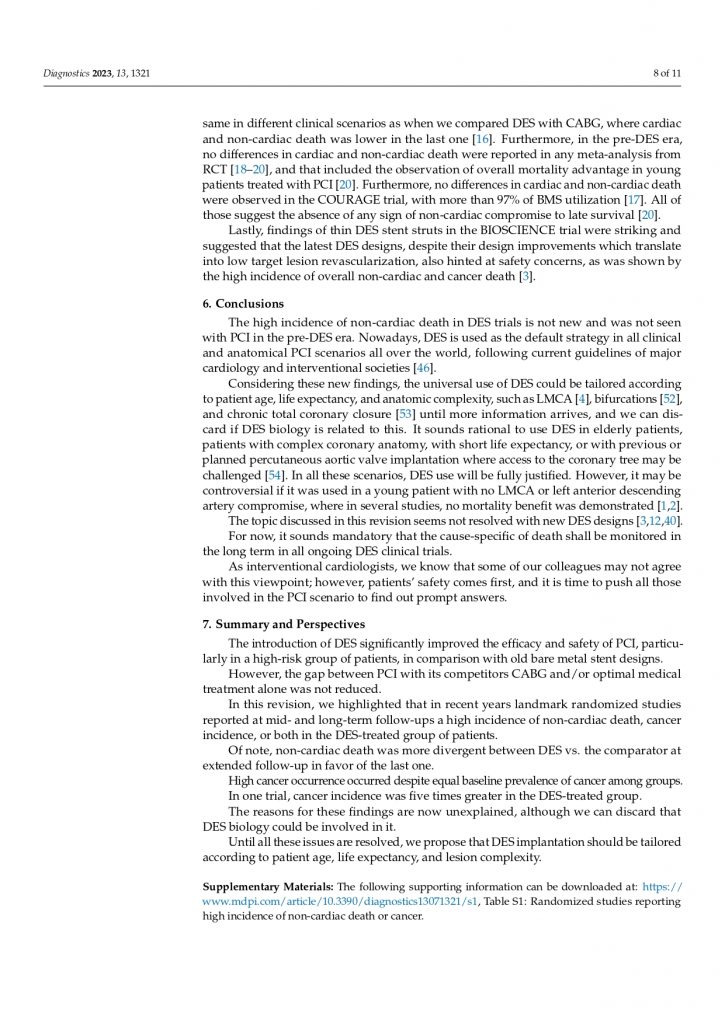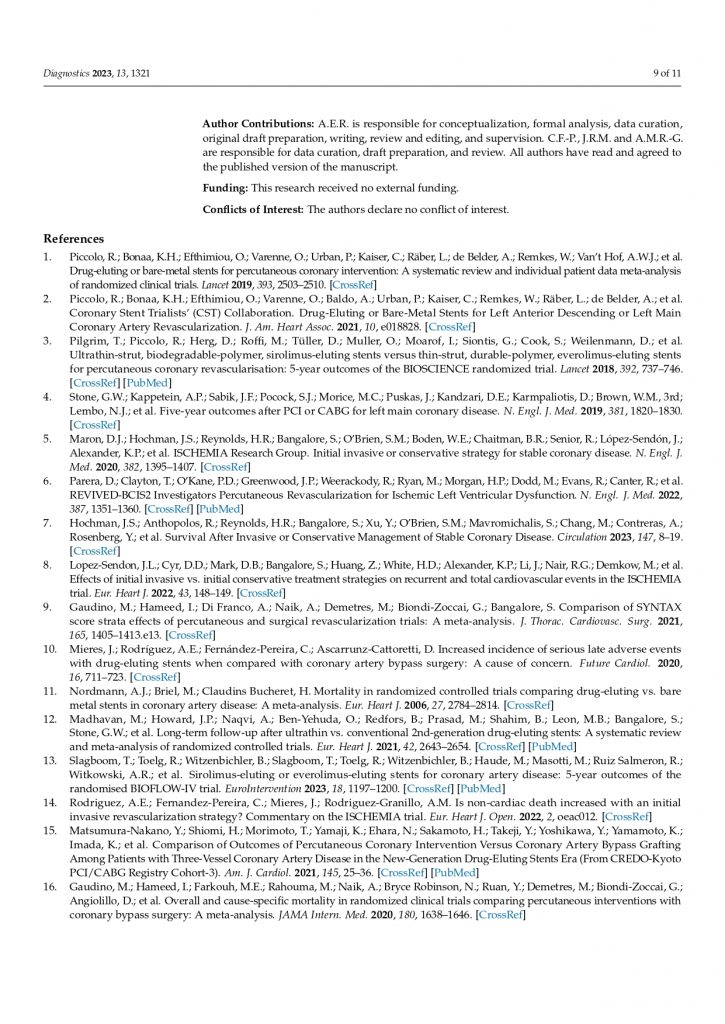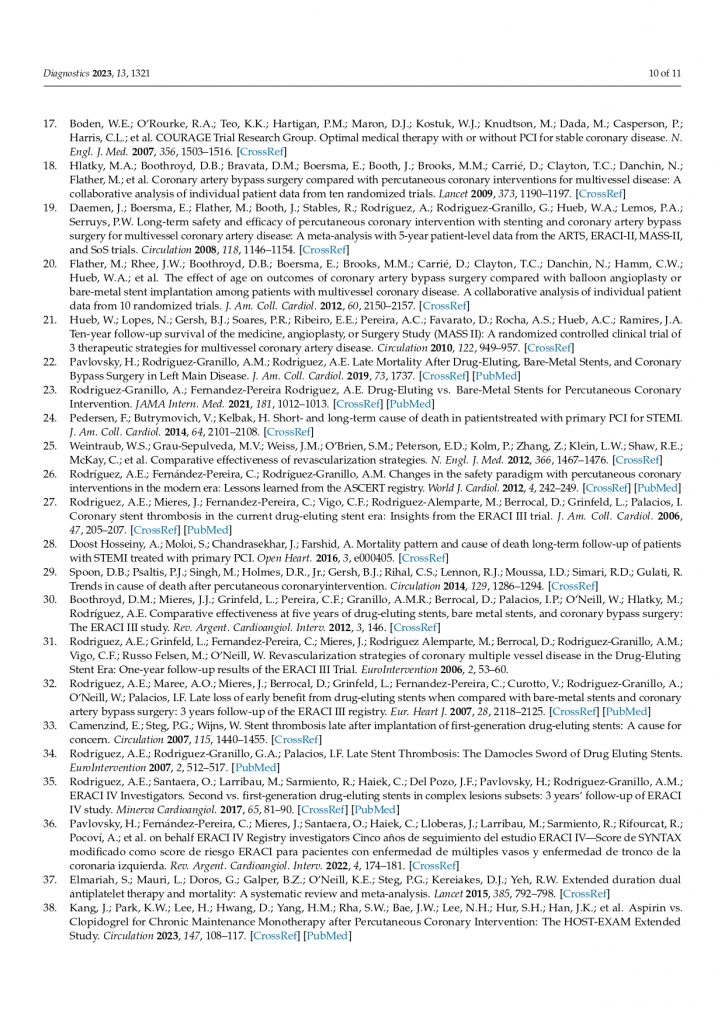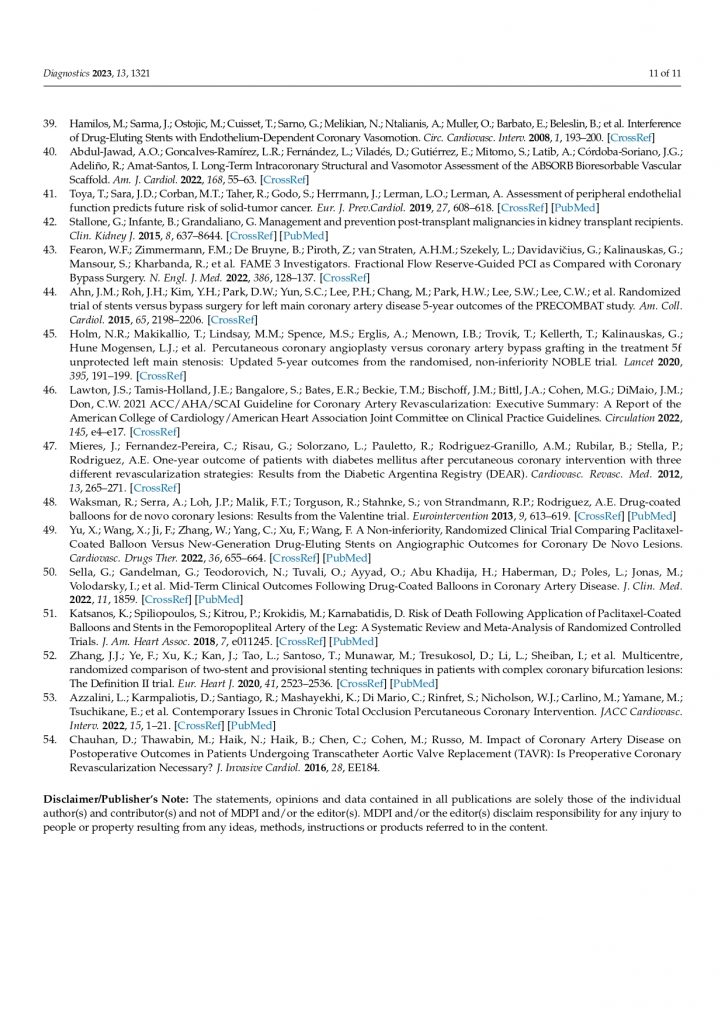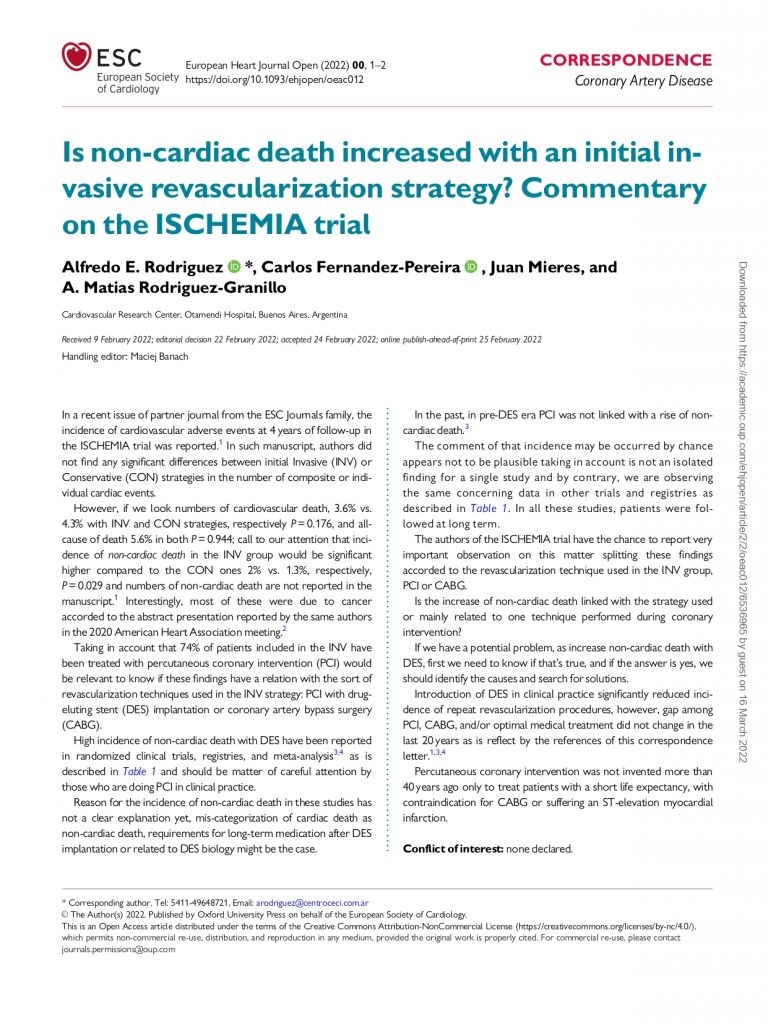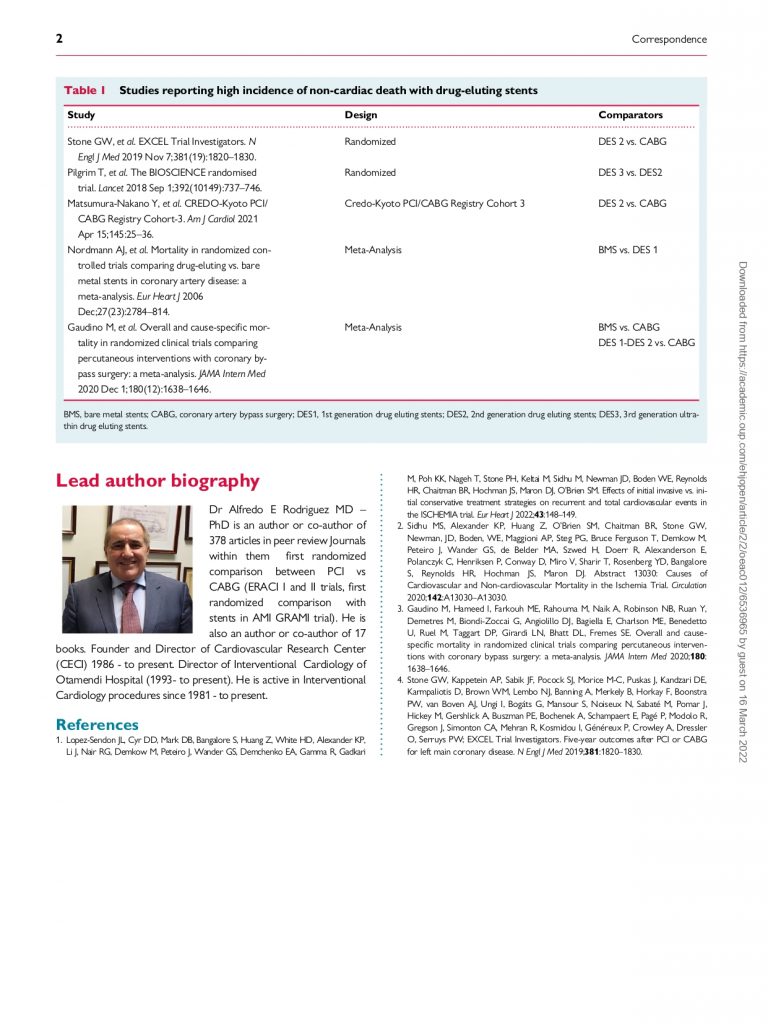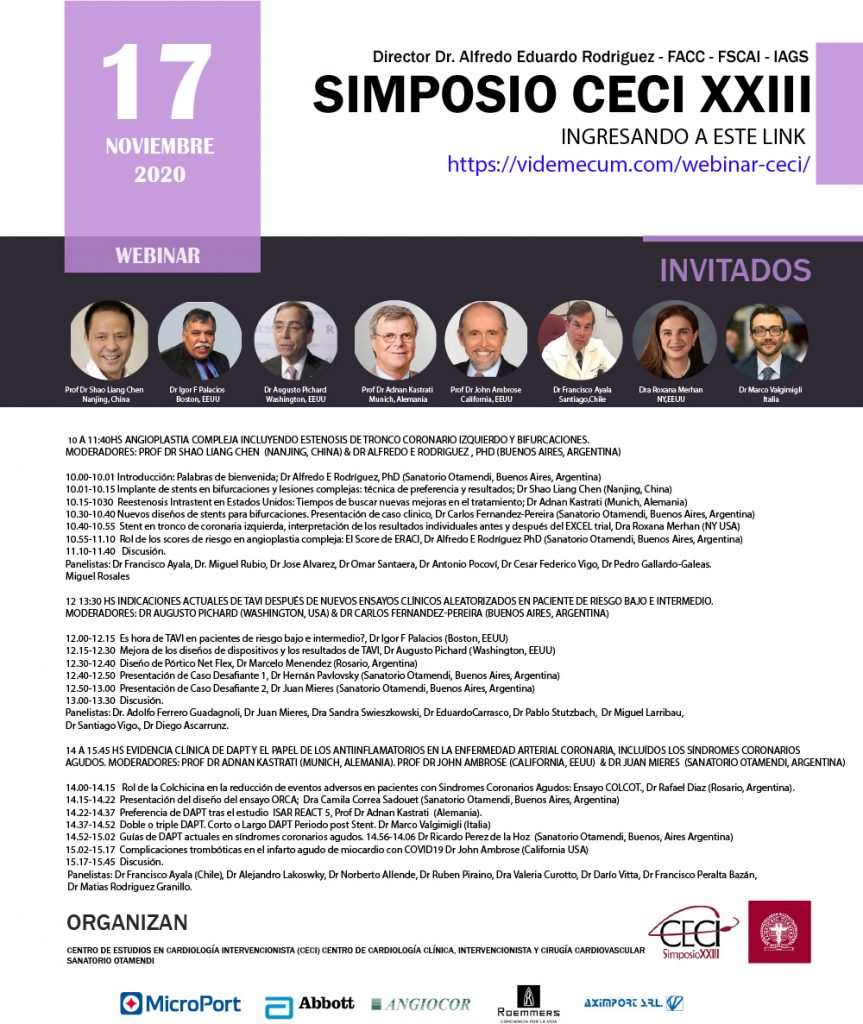Lucas C. Godoy, MD PhD (1, 2), Valentin Fuster, MD PhD (3, 4), Louai Razzouk, MD MPH (5), George Dangas, MD PhD (3), Sanjum S. Sethi, MD MPH (6), Mandeep S. Sidhu, MD (7), Alfredo E. Rodriguez, MD PhD (8, 9), Scott D. Solomon, MD (10), Michael E. Farkouh, MD MSc* (11) (1) Peter Munk Cardiac Centre, University Health Network, University of Toronto, Toronto, Canada (2) Instituto do Coracao (InCor), Faculdade de Medicina FMUSP, Universidade de Sao Paulo, Sao Paulo, SP, Brazil (3) Zena and Michael Wiener Cardiovascular Institute, Icahn School of Medicine at Mount Sinai, New York, NY (4) Centro Nacional de Investigaciones Cardiovasculares (CNIC), Madrid, Spain (5) Leon H. Charney Division of Cardiology, Department of Medicine, NYU Grossman School of Medicine, New York, NY (6) Center for Interventional Vascular Therapy, Columbia University Irving Medical Center, New York, NY (7) Division of Cardiology, Department of Medicine, Albany Medical College and Albany Medical Center, Albany, NY (8) Interventional Cardiology, Otamendi Hospital, Buenos Aires, Argentina (9) Cardiovascular Research Center, Buenos Aires, Argentina (10) Division of Cardiovascular Medicine, Brigham and Women’s Hospital and Harvard Medical School, Boston, MA (11) Cedars-Sinai Health System, Los Angeles, CA, USA Short title: Causes of Death in the FREEDOM Trial *Corresponding Author: 1 Michael E. Farkouh, MD MSc Academic Affairs, Cedars-Sinai Health System 8700 Beverly Boulevard, Los Angeles, California 90048, USA e-mail: michael.farkouh@cshs.org Twitter: @drmikefarkouh
PARA LEER EL TRABAJO AQUÍ https://acrobat.adobe.com/id/urn:aaid:sc:VA6C2:7e58f32d-df32-4c34-b650-c3cab4a7cf86

